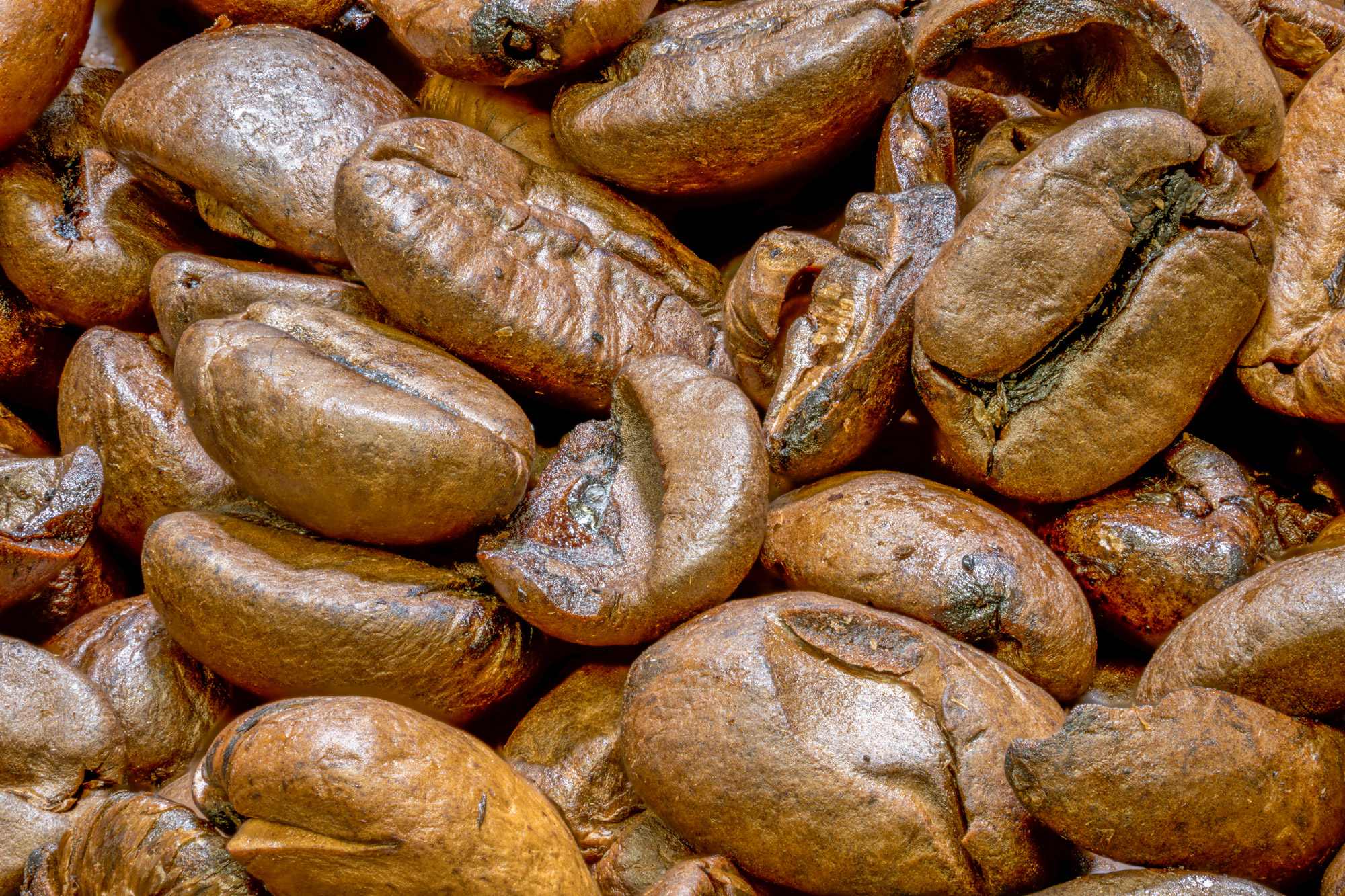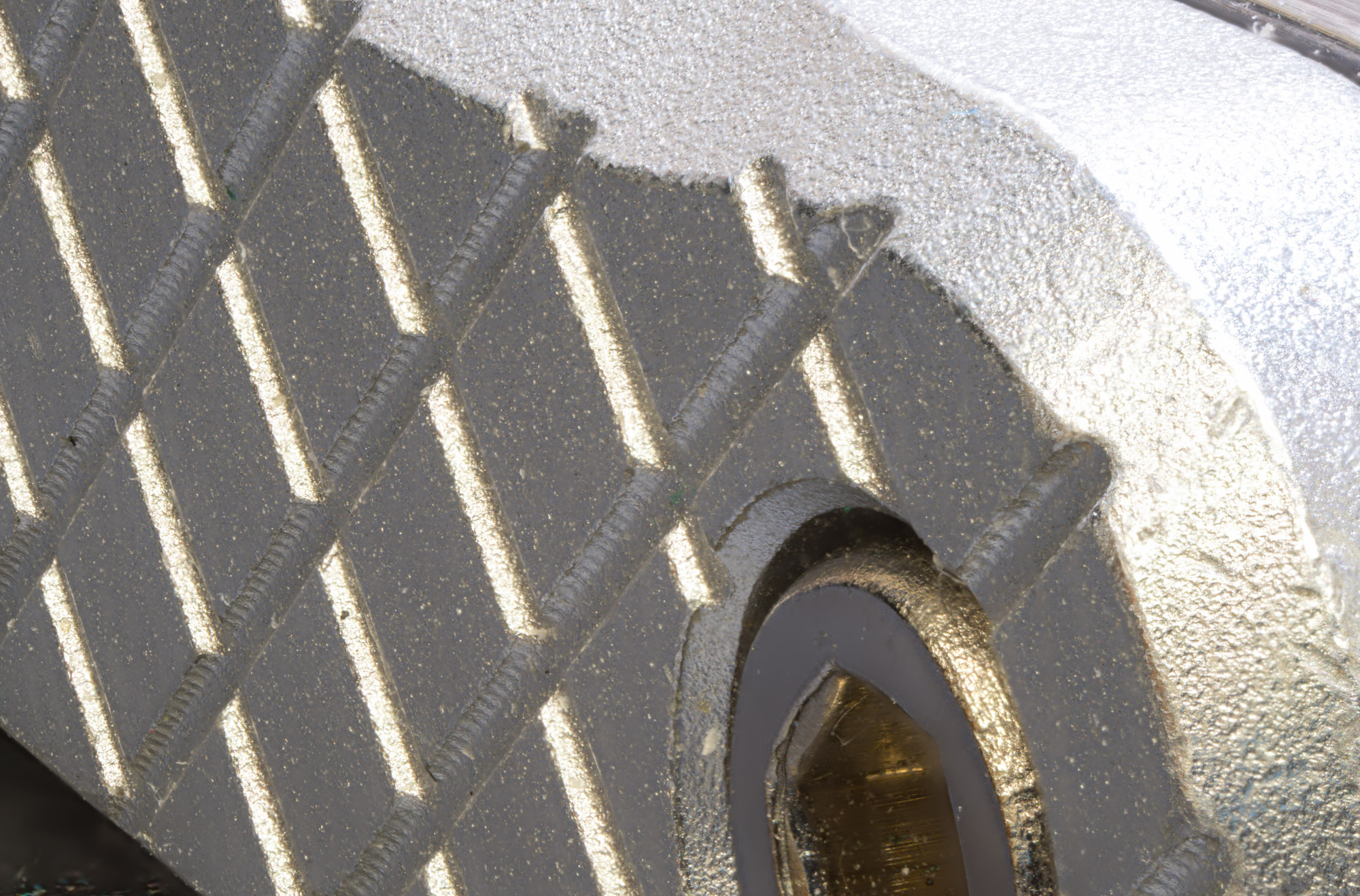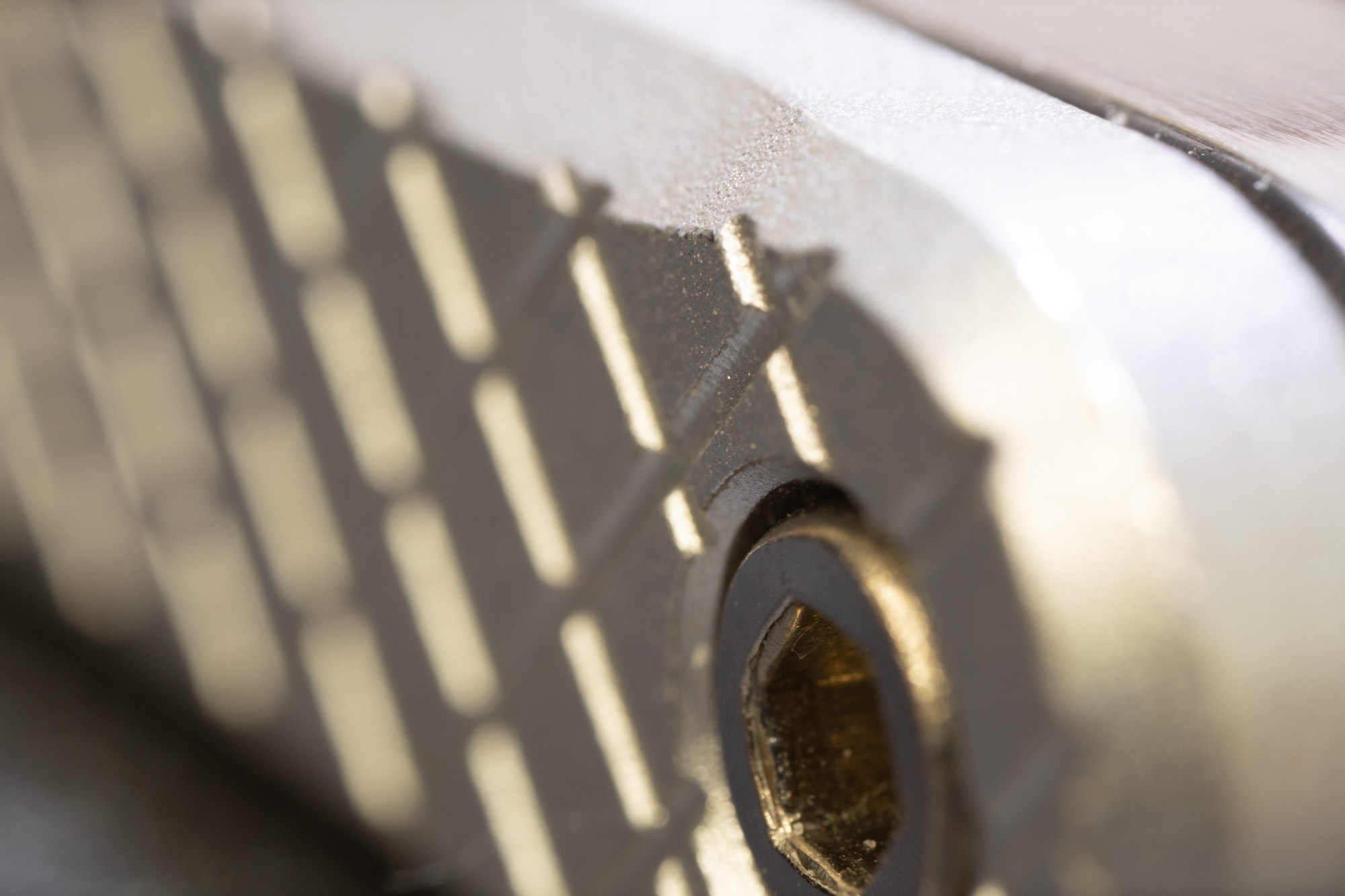Focus stacking is a technique that has become increasingly popular in macro photography. It is a method of combining multiple images taken at different focus distances to create a single image that is sharp from front to back. This technique is particularly useful for macro photography as it allows you to capture a subject in great detail, even when the depth of field is shallow. In this blog post, we will explore the basics of focus stacking, including what it is, why it’s important, and how to do it.
What is focus stacking?
Focus stacking is a digital photography technique that combines multiple images taken at different focus distances to create a single image with a greater depth of field. This is particularly useful in macro photography where the depth of field is often shallow, making it difficult to get the entire subject in focus. By taking multiple images at different focus distances, focus stacking allows you to capture the entire subject in great detail, even when the depth of field is shallow.
Why is focus stacking important in macro photography?
In macro photography, the depth of field is often shallow, making it difficult to get the entire subject in focus. This is because the closer you get to a subject, the shallower the depth of field becomes. Focus stacking allows you to overcome this issue and capture the entire subject in great detail, even when the depth of field is shallow.
Another reason focus stacking is important in macro photography is that it allows you to capture the subject in great detail, even when the subject is small. For example, if you’re photographing a flower, focus stacking will allow you to capture the intricate details of the petals, stamen, and pistil, all in great detail.
How to do focus stacking in macro photography
Focus stacking can be done in a few different ways, including manual focus stacking and automated focus stacking. Here’s a step-by-step guide on how to do manual focus stacking in macro photography:
- Set up your camera and tripod. Make sure your camera and tripod are steady, as this will help ensure that the images are aligned correctly.
- Choose your aperture. For macro photography, it’s best to choose a small aperture (e.g. f/16 or f/22) to increase the depth of field.
- Focus on the front of the subject. Start by focusing on the front of the subject, and take the first image.
- Shift the focus to the back of the subject. Next, adjust the focus on your camera to the back of the subject, and take the second image. Repeat this step, shifting the focus to different parts of the subject, until you have taken several images at different focus distances.
- Import the images into a focus stacking software. There are many different focus stacking software options available, including Adobe Photoshop and Helicon Focus. Simply import the images into the software, and let it do the rest. The software will automatically align the images and create a single image that is sharp from front to back.
- Save the final image. Once the focus stacking software has created the final image, save it to your computer.
In conclusion, focus stacking is a valuable technique for macro photographers as it allows you to capture a subject in great detail, even when the depth of field is shallow. By taking multiple images at different focus distances and combining them using focus stacking software, you can create a single image that is sharp from front to back. Whether you’re a beginner or an experienced macro photographer, focus stacking is a technique that is definitely worth exploring.








